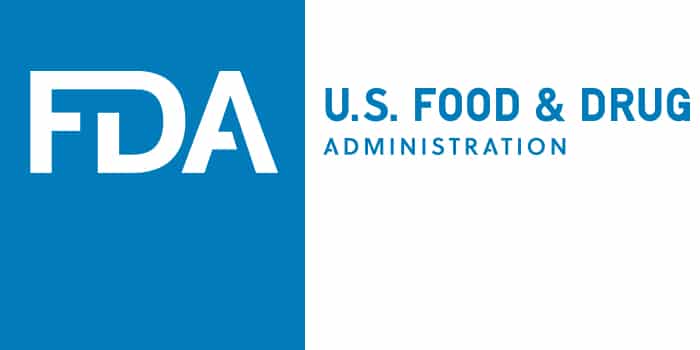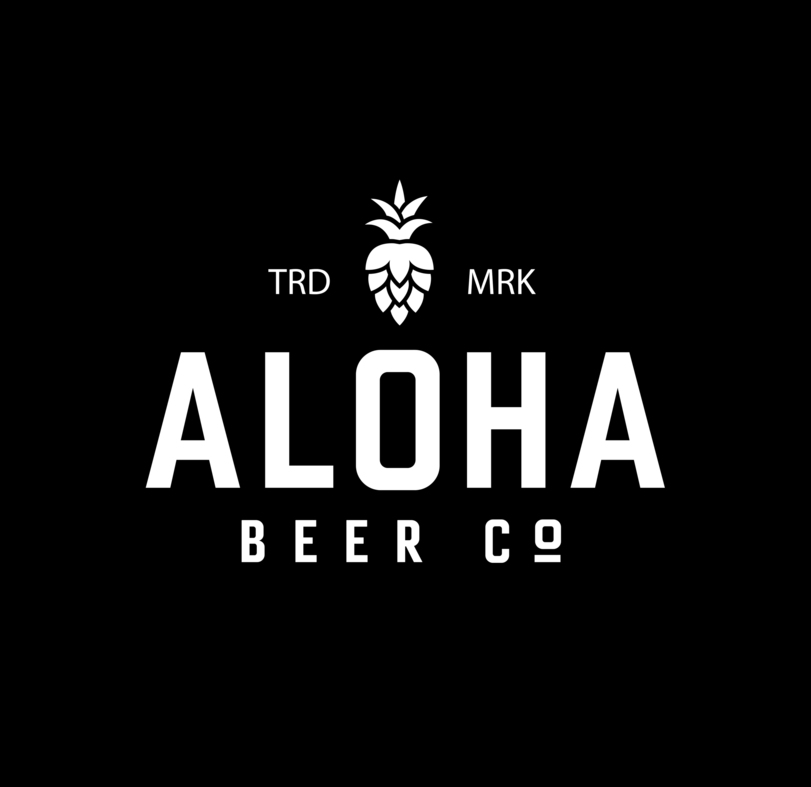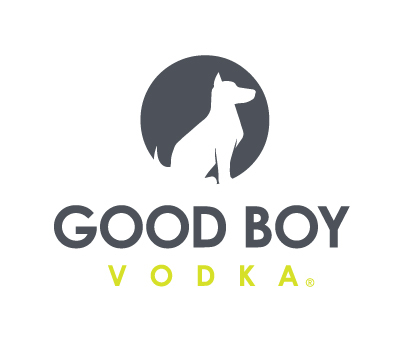FDA Adjusts Food Safety Priorities

The COVID-19 pandemic has convinced the Food and Drug Administration (FDA) that its New Era of Smarter Food Safety initiative is on the right track. However, in light of recent supply chain issues, the agency has adjusted its plans, including added priorities for worker safety and predicting potential food system disruptions, along with a greater emphasis on ensuring safe food delivery to consumers.
FDA commissioner Stephen Hahn and deputy commissioner for food policy and response Frank Yiannas yesterday outlined next steps for the initiative, noting other “particularly meaningful” priorities now include preventing food waste and educating consumers on cooking safety. In a release, Hahn and Yiannas noted that the COVID-19 pandemic has “accelerated the need for these measures” and that the agency has revised the blueprint, originally set for release in March, in light of lessons learned from managing the food system during the pandemic.
The FDA program, which was announced last April, aims to modernize food safety practices via new tools and technology, including blockchain, sensors and artificial intelligence for a “digital, traceable, and safer food system,” building on the Food Safety Modernization Act (FSMA) enacted in 2011.
“When the FDA announced the initiative last year, the agency was convinced then that its time had come,” the statement said. “Now, we know that this is the path forward to a future in which we are well-equipped to protect the safety and security of our food supply no matter what challenges we face.”
For example, blockchain technologies were already seen as “game changers” in tracing contaminated food after a foodborne outbreak, the agency said, but the pandemic showed they could have further use in tracking and tracing to prevent food shortages. Additionally, predictive analytics could help anticipate the likelihood of contamination, heading off food safety issues before they even occur. The hope is to eventually be able to track a product from its ingredient sources through packing, production and delivery to the consumer.
This better understanding of the supply chain will also allow the agency to help prevent food waste, which was seen as restaurants, schools and other foodservice operations went largely offline. Moving forward, blockchain and analytical tools can help secure a stronger supply chain.
To do that, the food industry will also need strong workers operating in safe environments. With the pandemic resulting in illness outbreaks at production facilities, the FDA listed worker safety as a top priority moving forward. The FDA will also continue exploring its use of virtual or remote inspections which began during the pandemic, in hopes of protecting its own workers while maintaining rigorous food production standards.
Additionally, the FDA noted online grocery delivery safety as an area needing increased attention due to its uptick during the pandemic. As more consumers cook at home, the agency has also renewed plans to educate shoppers about proper food safety measures.
The blueprint will be released in the next few weeks; an exact timeline for its release was not announced. The new plan will strengthen the food supply’s safety and security both in a “normal course of events, but especially in times of crisis,” according to the statement. Despite highly-publicized supply chain issues, the FDA said it was “greatly impressed by the resilience of the food system” during the pandemic.
“The collaboration between government and industry especially was raised by many magnitudes,” the statement notes.
















